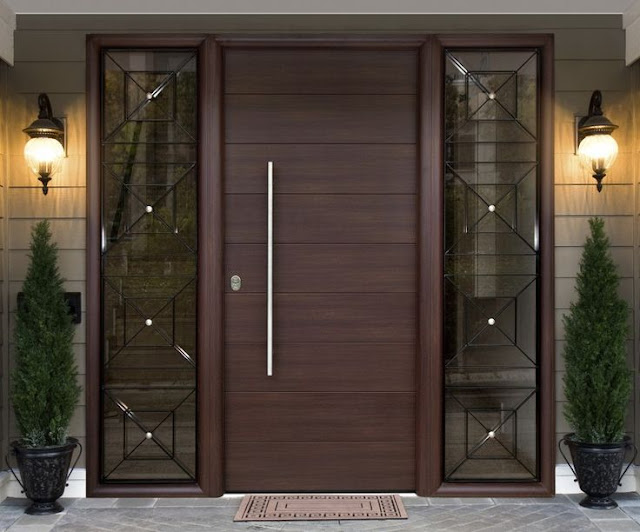Opening Possibilities: The Role and Beauty of Doors in Design
Doors are more than just entrances or exits; they are an essential component of architectural design, a silent welcome to what lies beyond. From the grand wooden gates of traditional villas to sleek, minimalist glass Doors in modern offices, doors serve both functional and aesthetic purposes. They are the first impression of a space and often a reflection of the personality behind them.
The Function of Doors
Primarily, doors are about security and privacy. They protect interiors from the elements, provide sound insulation, and allow us to control access. In homes, doors separate private areas from communal spaces, while in commercial settings, they help manage workflow, restrict access to sensitive zones, and comply with safety regulations. Fire-rated doors, for instance, are critical in ensuring safety during emergencies, slowing the spread of flames and smoke.
But beyond their utilitarian value, doors also shape how we interact with a space. A heavy, solid door suggests privacy and formality, while a light, open door can create a sense of welcome and transparency.
Types of Doors
There is an incredible variety of doors to suit every space, need, and taste:
Wooden Doors: Timeless and versatile, wooden doors add warmth and elegance. Whether stained for a rustic look or painted in bold colors, they are a popular choice for residential interiors.
Glass Doors: Perfect for modern interiors, glass doors let in natural light and enhance visual connectivity. Frosted or tinted variations provide privacy without sacrificing style.
Metal Doors: These offer enhanced security and durability, often seen in industrial or commercial properties. Powder-coated finishes and designs have made them more stylish in recent years.
Sliding Doors: Great for saving space, sliding doors work well in compact apartments, patios, or closets. They can be made from glass, wood, or even mirrors.
Pivot Doors: A design statement, pivot doors swing on a central axis and are often used in luxury homes and high-end architecture.
Aesthetic and Symbolic Value
Doors have deep cultural and symbolic meanings. In many cultures, a beautifully designed front door represents prosperity, protection, and hospitality. Colorful front doors in cities like Dublin or London are iconic features, while intricately carved wooden doors are hallmarks of Arabian and South Asian architecture.
In interior design, the choice of door — its material, color, and hardware — can dramatically alter the ambiance. Matte black handles on minimalist white doors suggest sophistication, while ornate brass knobs on panelled wood doors evoke classical charm.
The Future of Doors
With smart home technology gaining momentum, doors are evolving too. Smart locks, fingerprint scanners, and automatic opening systems are transforming how we interact with doors. Sustainability is also influencing material choices, with eco-friendly composite materials and recycled wood becoming more prevalent.
Conclusion
In every home or building, Doors Dubai do more than open and close — they create boundaries, offer protection, and add character. Whether you’re renovating a home or designing a new office space, the right door can make all the difference. It’s not just about what’s behind the door — it’s about the experience of opening it.



Comments
Post a Comment